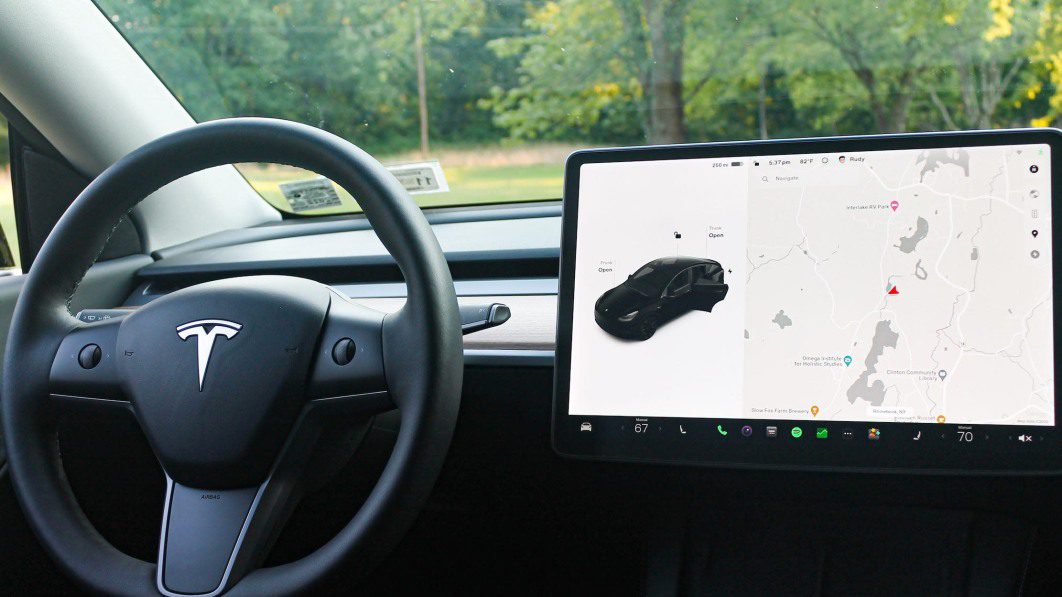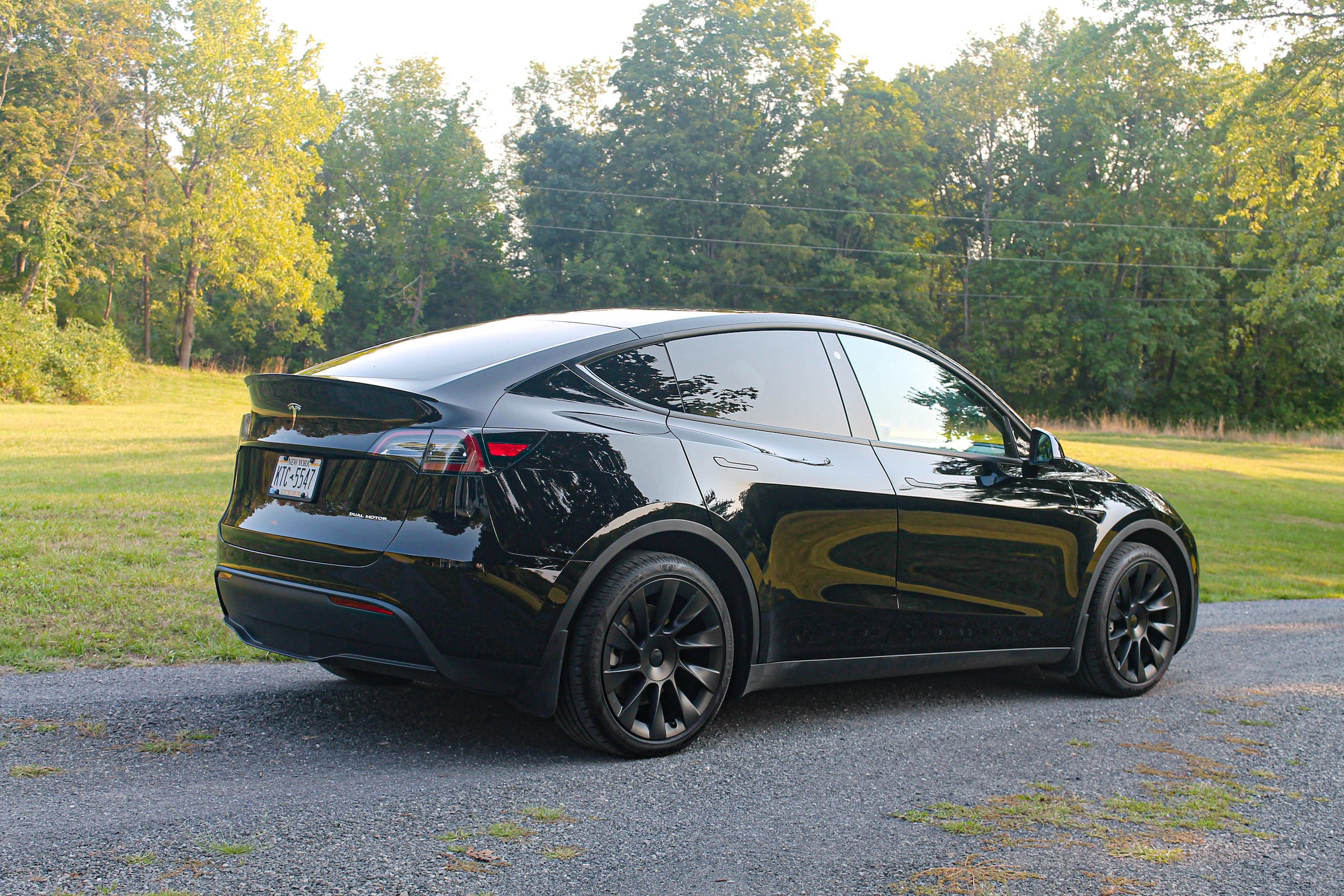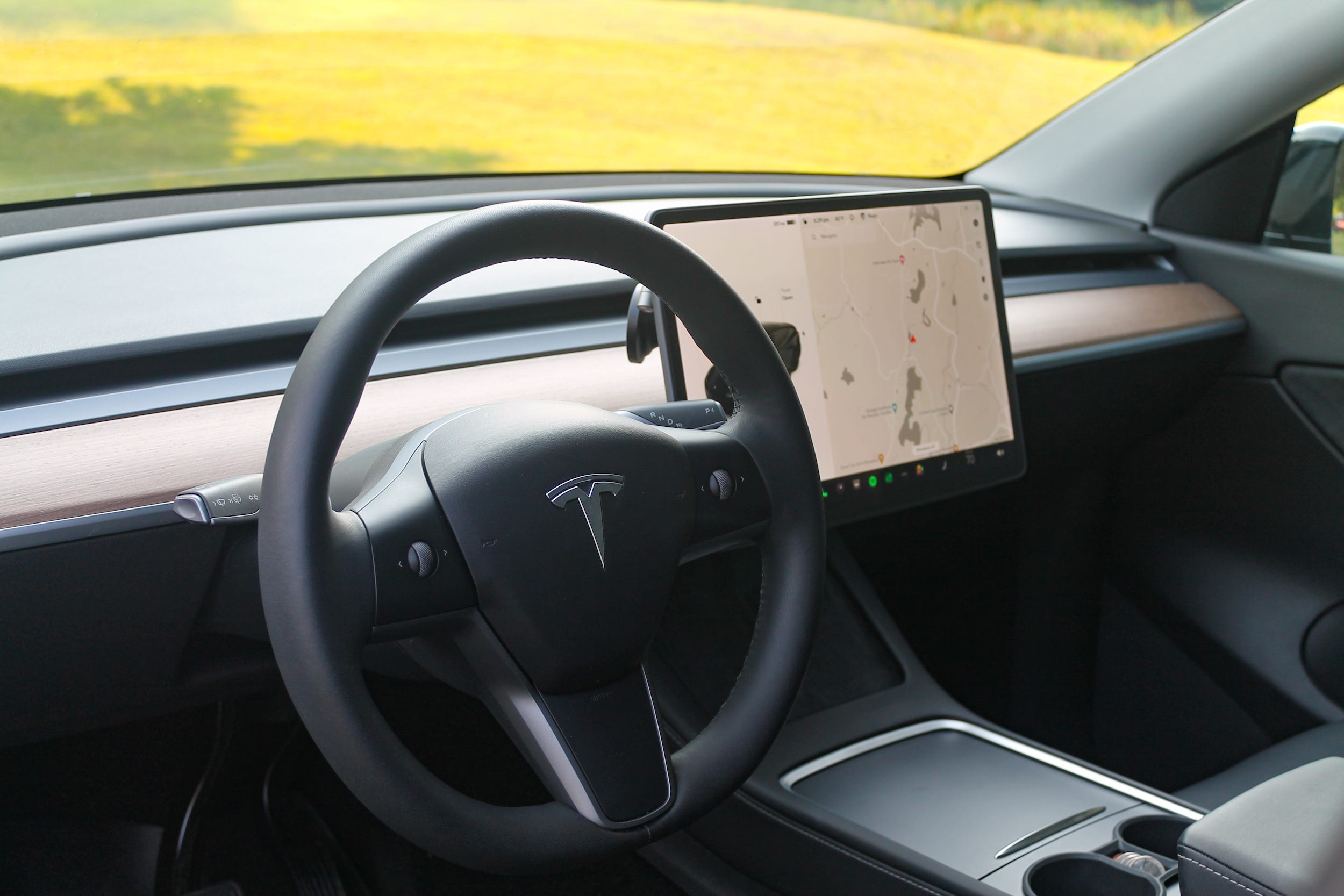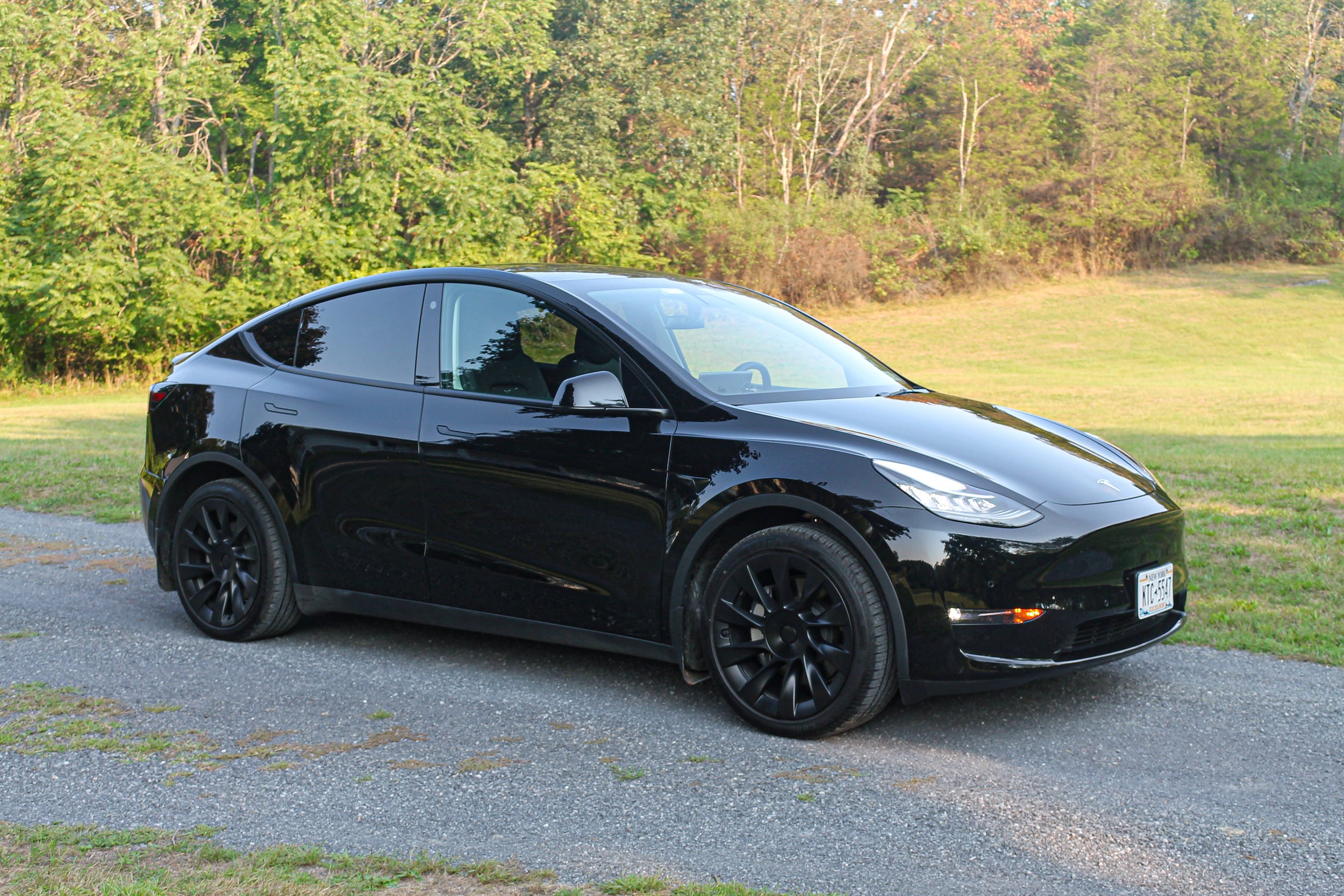I used Tesla's Autopilot for the first time and found it makes a long drive bearable — as long as you remember what it can't do

The
Tesla Model Y.
Tim Levin/Insider
I tried Autopilot, Tesla’s advanced driver-assistance system, in the Model Y SUV.
It steers automatically to follow curves in the road and keeps pace with traffic.
It would be a welcome tool on long and boring highway drives.
Elon Musk says it all the time: Tesla is as much a software company as it is an automaker.
Whether you agree or not, there’s no doubt the company’s buzziest and most controversial piece of technology is Autopilot.
Many Tesla owners swear by the semi-automated driving feature. At the same time, the federal government is investigating crashes where Autopilot-enabled cars collided with parked emergency vehicles. Some safety experts argue that the Autopilot moniker invites too much confidence in the system, given that it isn’t autonomous.
Needless to say, I was eager to test out Autopilot for myself when reviewing a Tesla Model Y recently.
What is Autopilot and is it self-driving?
The Tesla Model Y.
Tim Levin/Insider
Autopilot, first released in 2014, is an advanced driver-assistance system that relies on a suite of cameras to “see” surrounding traffic and take over some driving tasks. Basically, it’s a smarter version of cruise control that adjusts speed in response to the vehicle ahead and steers to follow bends in the road.
Musk has promised that self-driving Teslas are just around the corner for years, but that still hasn’t materialized. Autopilot (like other brands’ similar features) ranks at a Level 2 on the widely accepted five levels of driving automation, meaning it requires full human supervision. In a Level 5 car, passengers would be able to nap while the vehicle does 100% of the work.
Autopilot comes standard on all Teslas. It differs from the company’s pricier Enhanced Autopilot and Full Self-Driving features, which pile on extra capabilities but still don’t deliver full autonomy.
What’s it like to use?

The Tesla Model Y.
Tim Levin/Insider
Autopilot performed impressively well over a couple of hours of driving on divided highways and some two-lane roads. Full disclosure: This brief test happened in daylight under ideal weather conditions.
After depressing the right stalk twice, Autopilot activated instantly almost every time. Some other systems I’ve tried can take several seconds to lock into the lane lines. Braking or knocking the stalk upward deactivates the system.
Autopilot confidently kept the SUV centered in its lane without any wavering or jitters. It followed bends in the road nicely, but I found that it took some curves too fast for comfort. It reacted naturally to other cars, slowing down with traffic and speeding up as soon as things cleared up. One can easily set the cruising speed using the steering wheel’s right scroll wheel. The few times that another car merged in front of the Tesla, Autopilot responded well.

The Tesla Model Y.
Tim Levin/Insider
A handy visualization in the car’s touchscreen shows what the vehicle sees, including other cars and traffic cones. When Autopilot is switched on, the screen displays a blue steering-wheel icon and highlights the lane lines in blue. But I wish the Model Y had a display in front of the driver. That way, one could view Autopilot’s status — including the set speed and whether it detects the car ahead — without looking away from the road.
Tesla owners often complain about their cars nagging them to keep their hands on the wheel when Autopilot is on, but I didn’t find that to be an issue. Maintaining a bit of turning pressure on the wheel lets the car know you’re engaged.
What’s the verdict?

The Tesla Model Y.
Tim Levin/Insider
Autopilot handles highways admirably and could be a great asset on long, monotonous road trips. I didn’t experience the phantom-braking error that Tesla owners have reported.
Still, it’s key to understand the system’s limitations. Autopilot technically works on any road with visible lane lines, but that’s not always advisable. For example, it activates on roads with traffic lights but won’t react to them. I used Autopilot a bit on non-highway roads, but found it unsettling to not be in total control in those unpredictable environments.
Ford and General Motors ensure that their systems are only used in optimal situations by restricting functionality to approved highways.
Perhaps someday a Tesla will be able to truly drive itself (this year, if you believe Elon Musk). But that future is likely a long way off.



